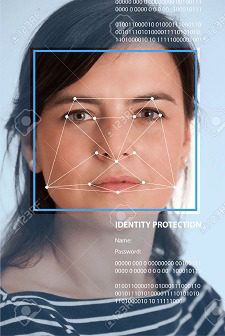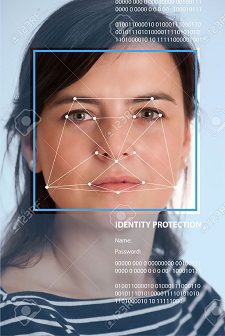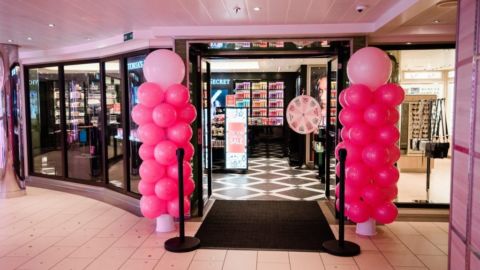 Even if people don’t like to think too much about it, there’s little doubt that we currently live in a surveillance society. From red-light cameras to NSA data-gathering to the breadcrumbs we ourselves leave all over social networks, the presumption of “privacy” as a default mode for living is slipping into the past.
Even if people don’t like to think too much about it, there’s little doubt that we currently live in a surveillance society. From red-light cameras to NSA data-gathering to the breadcrumbs we ourselves leave all over social networks, the presumption of “privacy” as a default mode for living is slipping into the past.
In part because the right to quietly move about unrecognized is becoming rarer, the instances when a significant line has been crossed become that much more important. Facial recognition technology, which uses sophisticated video analytics to identify individuals within public places — such as retail stores — is controversial to say the least.
As privacy advocates note, you can adjust your settings on Facebook, change your name or get a new credit card, but short of radical plastic surgery you can’t change your face any more than you can change your fingerprints. And at this point, there are few agreed-upon standards, let alone laws or regulations, governing a retailer’s right to use this technology, according to ExtremeTech.
Walmart has tested a system that scans the faces of those entering a store, comparing them to a database of known shoplifters. When the software finds a match, store security personnel are alerted on their mobile devices. According to Fortune, Walmart stopped its test of the technology earlier this year, saying it didn’t find a sufficient ROI in terms of combatting shrink.
Fortune’s Jeff John Roberts wrote that other major retailers may be using similar technology but are reluctant to acknowledge it. Whether that’s because they don’t want to alert shoplifters, or because they are worried their honest customers might not like being “face mapped” every time they walk into a store, is difficult to determine.
Data seems to back up Roberts’ assumption. ComputerWeekly.com quotes analyst firm CSC to report that nearly 30% of U.K. retailers use facial recognition to track customers in stores — despite many consumers’ discomfort with the idea. In the September 2015 article, Clare McDonald wrote “consumers are more comfortable with some data collection models than others, reacting better to opt-in models such as loyalty cards as opposed to a model where they do not have a choice, such as monitoring footfall or facial recognition.”
I’m not against the use of video in retail. Video-fed analytics solutions give retailers valuable data about in-store traffic flows, promotions’ impact and conversion rates. I’ve also seen demos of technology that’s able to distinguish between men and women, or between adults and children, in the interests of determining whether a product is reaching its target audience.
But it seems to me that the ability to individually identify people via an unregulated, invisible technology, whether for the purpose of attacking shrink or hyper-personalizing your marketing, is a step too far. At the very least, retailers using these technologies should alert their customers that they are being watched. Given what else is happening in the world at the moment, it’s a good bet that most people will just shrug their shoulders and forget about it in any case.













